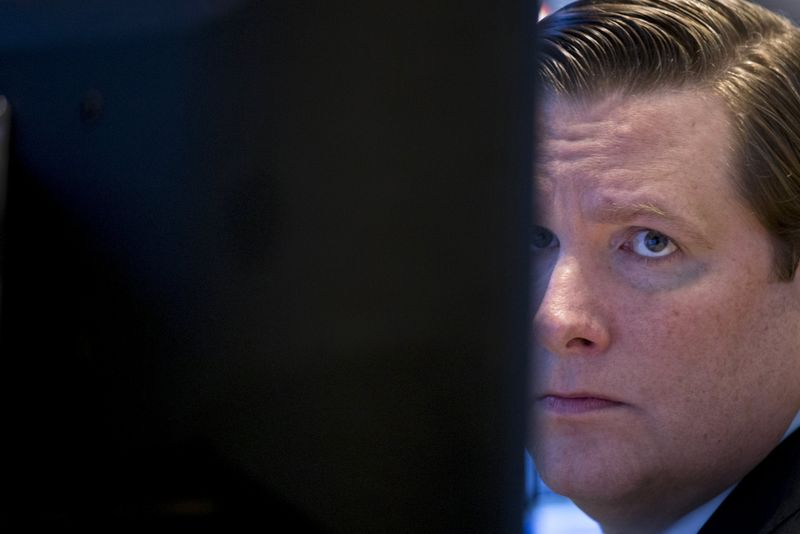Origin Energy has decided to abandon its $207 million plan to develop the Hunter Valley Hydrogen Hub, citing uncertainties surrounding the timing and pace of hydrogen market development, along with risks tied to large capital-intensive projects.
This decision is seen as a setback to the Albanese government's ambitions for hydrogen to play a key role in Australia's transition to net zero emissions.
The withdrawal follows a similar move earlier this year by billionaire Andrew Forrest, who scaled back his green hydrogen targets, resulting in the loss of 700 jobs at his company Fortescue (ASX:FMG).
Despite this, Minister for Climate Change and Energy Chris Bowen expressed disappointment for the workers and businesses affected, but maintained that green hydrogen still has a promising future.
There are certainly Australian companies making excellent progress in hydrogen storage and development.
Elixir Energy Ltd (ASX:EXR, OTC:ELXPF), Gold Hydrogen Ltd (ASX:GHY) and Provaris Energy Ltd (ASX:PV1, OTC:GBBLF) have each taken strides this year, with Provaris this week outlining the significance of its joint development agreement with Yinson Production to co-develop innovative CO2 storage tank designs.
The company also highlighted recent progress on efforts to meet the European Union’s Renewable Energy Directive II (RED II) emissions standards for the bulk transportation of hydrogen.
Earlier this year Gold Hydrogen advanced exploration of natural hydrogen and helium on its Ramsay Project on the Yorke Peninsula of South Australia, completing Stage 1 testing and launching straight into the next phase of exploration.
The company confirmed high concentrations of both gases in the Ramsay 2 well, with hydrogen purity levels (air-corrected) reaching up to 95.8% across seven zones within the well, and best grades identified at about 531 metres deep.
While not its primary focus, Elixir Energy has been working up its hydrogen ambitions in Mongolia, where the hydrogen market gives it a potentially global Tier One green hydrogen project.
Origin steps back, but still sees a role for hydrogen
Origin chief executive Frank Calabria said the company believes hydrogen could play a role in the future energy mix, despite it stepping away for the moment.
“It has become clear that the hydrogen market is developing more slowly than anticipated, and there remain risks and both input cost and technology advancements to overcome,” Calabria said.
“The combination of these factors mean we are unable to see a current pathway to take a final investment decision on the project.”
The Hunter Valley Hydrogen Hub project was introduced with the goal of establishing a safe, reliable, and commercial-scale hydrogen supply chain within the Newcastle industrial and port precinct.
Situated on Kooragang Island, the project's first phase aimed to reduce carbon emissions by replacing part of Orica’s ammonia plant’s natural gas feedstock with hydrogen. Additionally, hydrogen produced from the hub was intended to serve as an alternative fuel for buses and trucks, displacing the use of diesel.
This initiative has faced setbacks, dealing a blow to the Australian Labor government's emissions transition plans. Despite $8 billion in investment and support towards making Australia a global leader in hydrogen production, this project is now stalled.
The Hunter Valley Hydrogen Hub had received $70 million from the Federal Government as part of its regional hydrogen hubs program. This program is committing over $500 million to develop up to seven hydrogen hubs across Australia, where hydrogen producers, users and exporters collaborate to share infrastructure and expertise.
Hydrogen has a role to play in federal energy mix
Chris Bowen reaffirmed the importance of green hydrogen in leveraging Australia’s unique strengths and its critical role in the future of manufacturing and industry.
Bowen highlighted the Albanese government’s incentives for hydrogen development, which are expected to generate around $50 billion in private investment.
The country’s current hydrogen project pipeline is valued at over $200 billion, encompassing more than 100 projects. Of these, a quarter are either already in operation or under construction.
